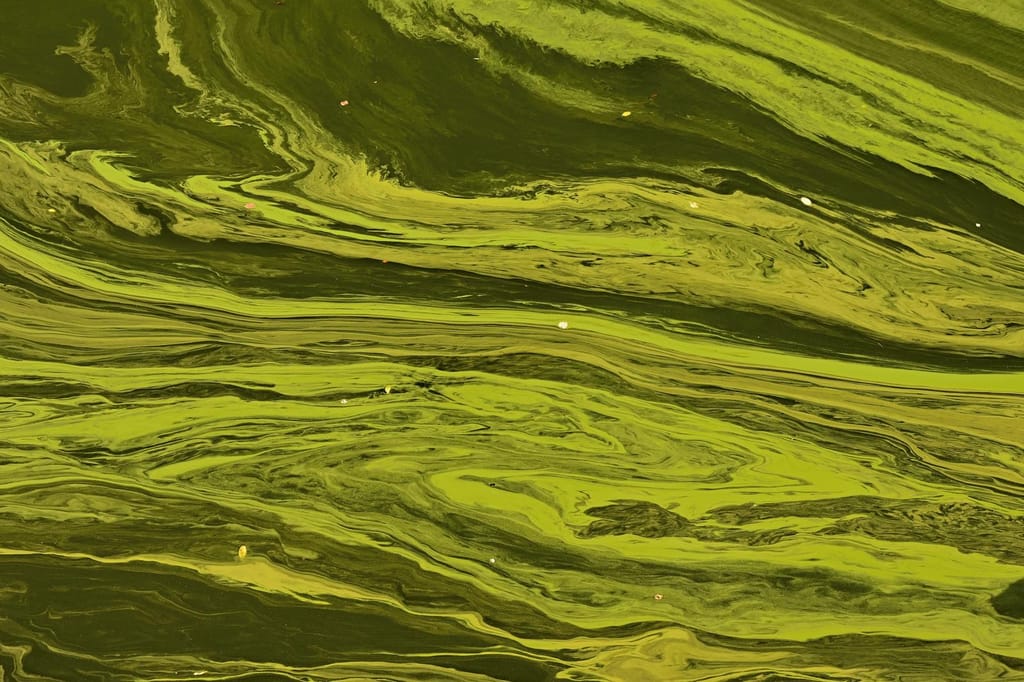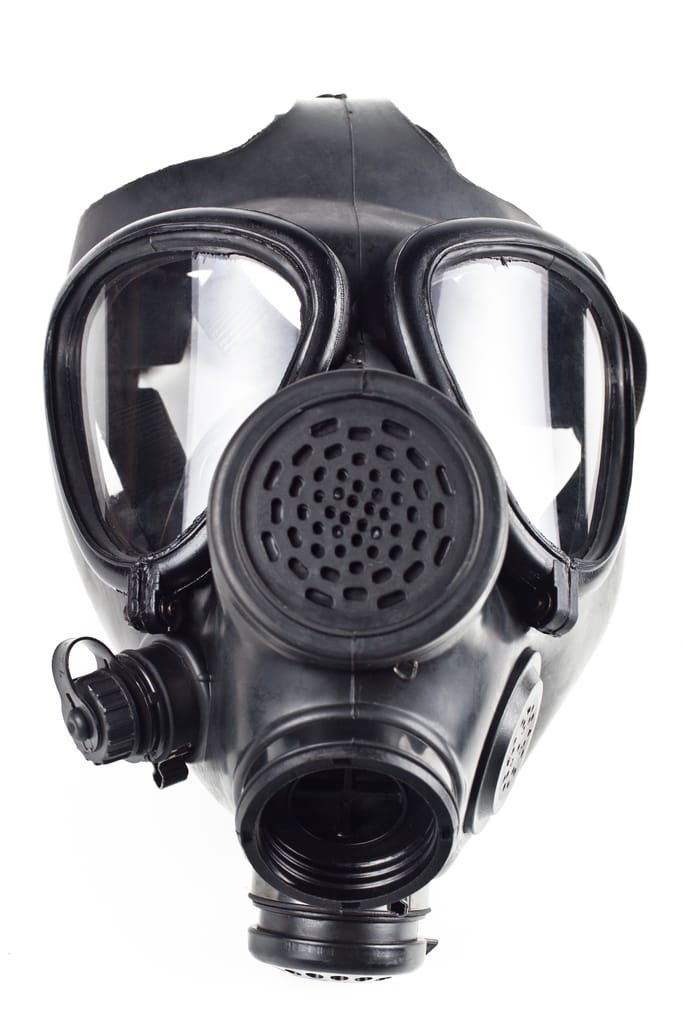What are toxins?
Toxins are substances that can be harmful to living organisms. They can be produced naturally by certain organisms, such as bacteria, fungi, and plants, or synthetically produced by humans. We can also find toxins in the environment, such as in air and water. Exposure to toxins can have a variety of effects, ranging from minor irritation to more severe health problems.

The Role of Toxins
Toxins are a major factor in the development of many diseases and disorders, and their role in prevention and treatment is significant. While some toxins can cause or contribute to the development of diseases, others can prevent or treat medical conditions. We can divide the role of toxins in disease prevention and treatment into two major categories: prevention and treatment.
In terms of prevention, toxins can create vaccines, which can prevent or reduce the severity of certain diseases. Vaccines work by introducing a weakened form of a virus or bacteria into the body, prompting the immune system to create antibodies that can fight off future infections. Vaccines are used to prevent diseases such as measles, mumps, rubella, and influenza. In terms of treatment, toxins can target and kill specific cells, such as cancer cells. We know these treatments as toxin-based therapies and can target and destroy cancer cells without damaging healthy cells. In addition, toxins can inhibit the growth of bacteria, fungi, and viruses, which can help to treat a variety of infections.
Toxins can boost the body’s own immune system. For example, some toxins can stimulate the production of certain immune cells, which can help to fight off infections or even reduce the severity of autoimmune disorders.
Types of Toxins
Understanding the different toxins and their health effects is important for maintaining good health.
Chemical toxins are the most common type of toxins and can be found in the environment, food, and water. These toxic substances can come from industrial waste, pesticides, and pollutants. They can cause respiratory problems, damage to the liver, kidney, and nervous system, and even cancer.
Biological toxins are produced by living organisms such as bacteria, fungi, and plants. These toxic substances can cause allergic reactions, food poisoning, and other illnesses such as influenza, tetanus and botulism.
Physical toxins are substances that are harmful to the body but do not originate from living organisms. Examples of physical toxins include radiation, asbestos, and lead. These toxic substances can lead to cancer, impaired vision, and kidney damage.
There are toxins that are naturally produced by the body. These toxins include lactic acid, ammonia, and uric acid. Too much of these toxic substances in the body can lead to fatigue, headaches, and depression.

Common Sources
Toxins are compounds that an cause health problems and even death when they enter the body. Many sources of toxic substances exist, ranging from food and water to the air we breathe. To keep yourself and your family safe, it is important to understand the common sources of toxins and how to avoid them.
Food and water can contain a variety of toxins, from heavy metals such as lead and mercury to pesticides and other chemicals. To minimize your exposure to toxic substances , buy organic and locally sourced foods. Also, buy bottled water from a trusted source, or filter your tap water to remove contaminants.
Airborne toxins such as smoke, dust, and smog are difficult to avoid, but there are steps you can take. Avoid smoking in your home or car, and avoid areas with high levels of air pollution. You can also install filters in your home to reduce the amount of airborne toxins.
Many household products contain toxins that can cause short- and long-term health problems. When buying cleaning products, look for those that are labeled "natural" or "non-toxic." Also, avoid using products with strong odors or volatile organic compounds (VOCs).
Personal care products such as lotions, shampoos, and cosmetics can contain toxins. Before purchasing these products, read the labels and avoid those that contain dangerous chemicals, such as parabens and phthalates.

Toxins and the environment
Toxins are substances that are poisonous or otherwise harmful to the environment. They can be released into the environment through various activities, such as industrial processes, the burning of fossil fuels, and agricultural practices. As these substances enter the environment, they can accumulate in land, air, and water, leading to a wide variety of environmental problems.
One of the most common ways that toxins contaminate the environment is through air pollution. Burning fossil fuels release toxic substances into the atmosphere, which can then settle into soil, water, and other ecosystems. These substances can have a significant impact on human health and the environment. For example, nitrogen dioxide and ground-level ozone, two of the most common pollutants from burning fossil fuels, can cause respiratory issues and decrease crop yields.
The burning of waste is another major contributor to environmental contamination. When hazardous materials are burned, the toxins can enter the air and soil. This can lead to the accumulation of toxic substances in the environment, which can have serious health implications for humans and animals. In addition, these toxic substances can leach into groundwater and contaminate drinking water supplies.
Agricultural practices can also lead to environmental contamination. Runoff from fields treated with insecticides, herbicides, and other chemicals can enter water supplies and contaminate them. This runoff can also contain nutrients that lead to the growth of algae and other aquatic life, which can cause oxygen depletion in waterways.
Industrial activities can lead to the release of toxins into the environment. This can include the release of heavy metals, petroleum products, and other hazardous materials. These toxins can enter water supplies and harm ecosystems, as well as to cause serious health problems for humans and animals. In order to protect the environment from toxins, it is important to take action. This includes reducing the use of fossil fuels, disposing of hazardous waste, and using sustainable agricultural practices.
Conclusion
Toxins are a major threat to our environment and our health. They can come from a variety of sources, including natural sources and man-made pollutants. Toxic substances can cause a variety of health and environmental problems, including cancer, reproductive disorders, and damage to the environment. It is important to reduce or eliminate exposure to toxins wherever possible.
Reference
- A. (2021, August 13). What Are Toxins in the Body? – Healthys Life. Healthys Life. https://healthyslife.com/what-are-toxins-in-the-body/
- Toxins: MedlinePlus Medical Encyclopedia. (n.d.). https://medlineplus.gov/ency/article/002331.htm
- Wikipedia contributors. (2023, February 17). Toxin. Wikipedia. https://en.wikipedia.org/wiki/Toxin